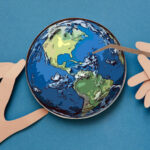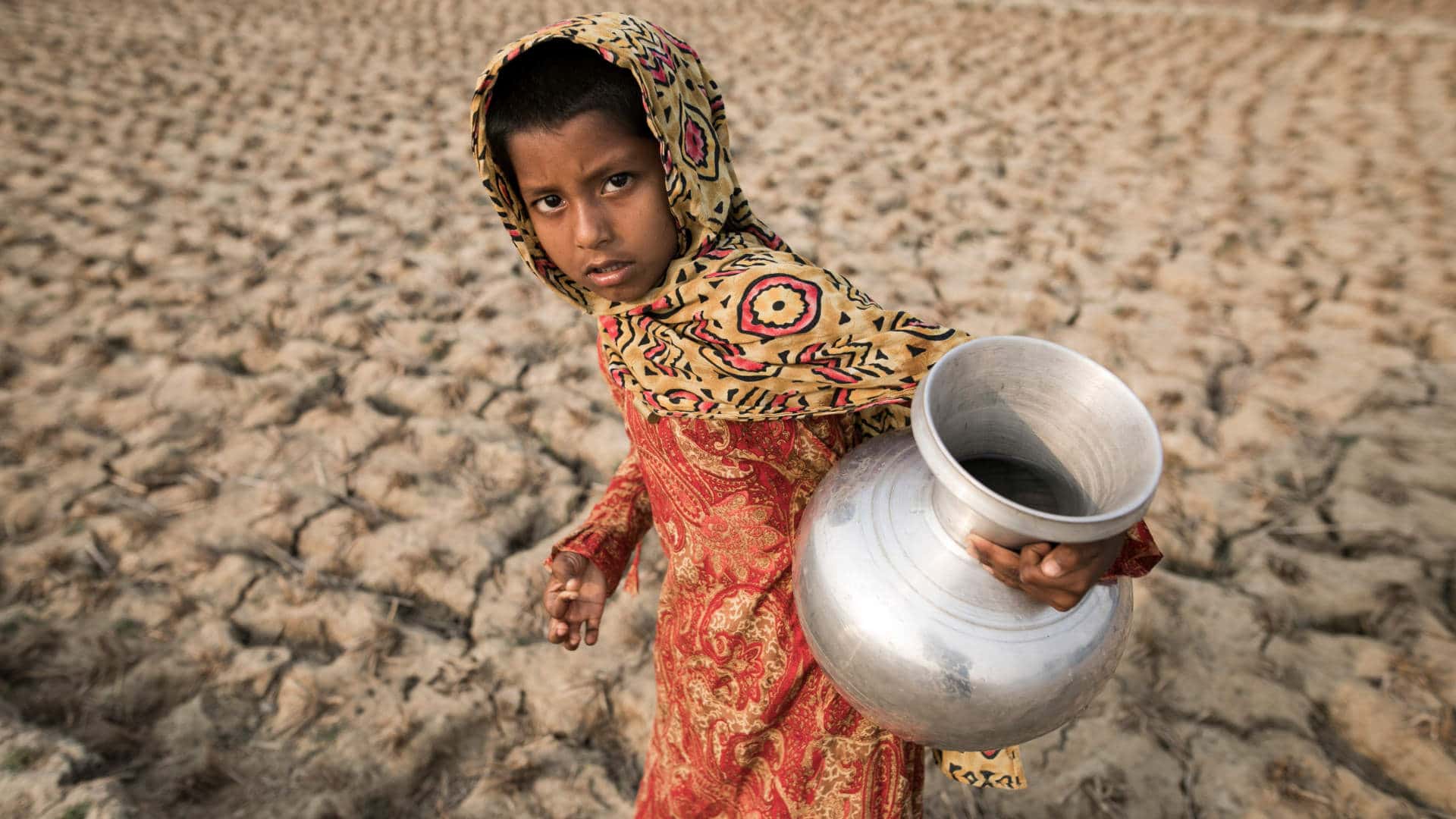In Climate-Vulnerable Bangladesh, a Gauntlet for Fresh Water
Every day in a remote coastal village in southwest Bangladesh, Tuli, 11, helps her mother and aunt carry drinkable water from a pond. They must walk more than a mile, there and back, to collect the water. “This is our daily routine, except monsoon, the only season when we are spared from toils and pains as we can get fresh water supply from rain for three to four months,” said Tuli’s mother, Hosneara Begum.
In Bangladesh’s coastal districts — including Khulna, Satkhira, and Bagerhat — much of the surface water has gotten so salty that it can no longer be used for drinking or for other domestic purposes. A small survey conducted in Satkhira in 2013 found that around 70 percent of local residents there depend on water in distant ponds. And a recent report by the American Geophysical Union suggests that by 2050, rising sea levels — which affect the availability of clean drinking water — will have cascading effects and lead to the migration of some 1.3 million people across the country.
Bangladesh is one of the world’s most vulnerable countries to the effects of climate change. It already faces regular and severe natural hazards: tropical cyclones, river erosion, floods, landslides, and drought. All are set to increase in intensity and frequency as a result of climate change. The effect of sea level rise is more insidious. Saltwater gradually inundates coastal lands, destroying crops and homes and bringing disease to those who drink it. As a result, many have already been forced to move to other regions in Bangladesh, leaving their property and livelihoods behind.
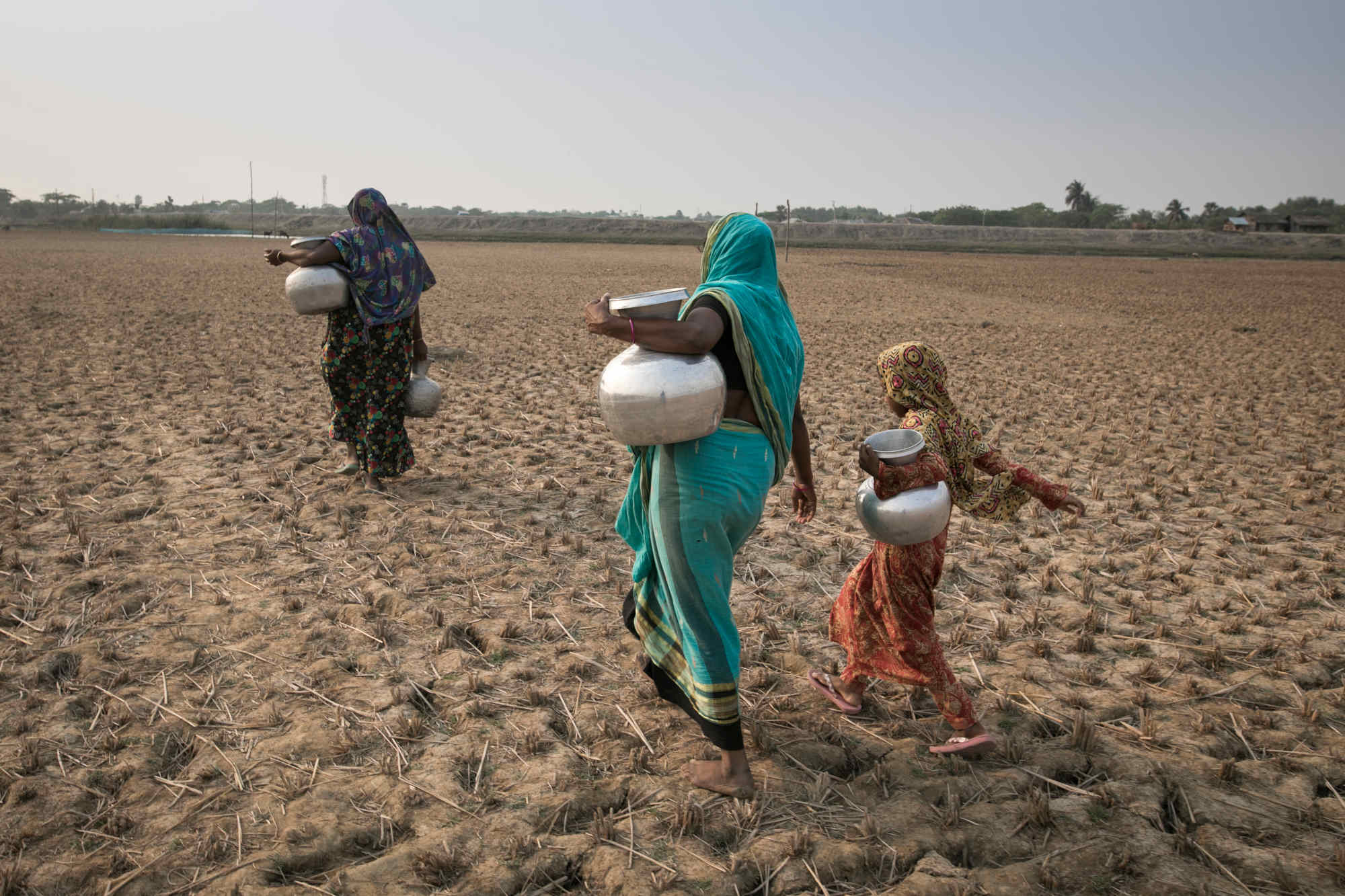
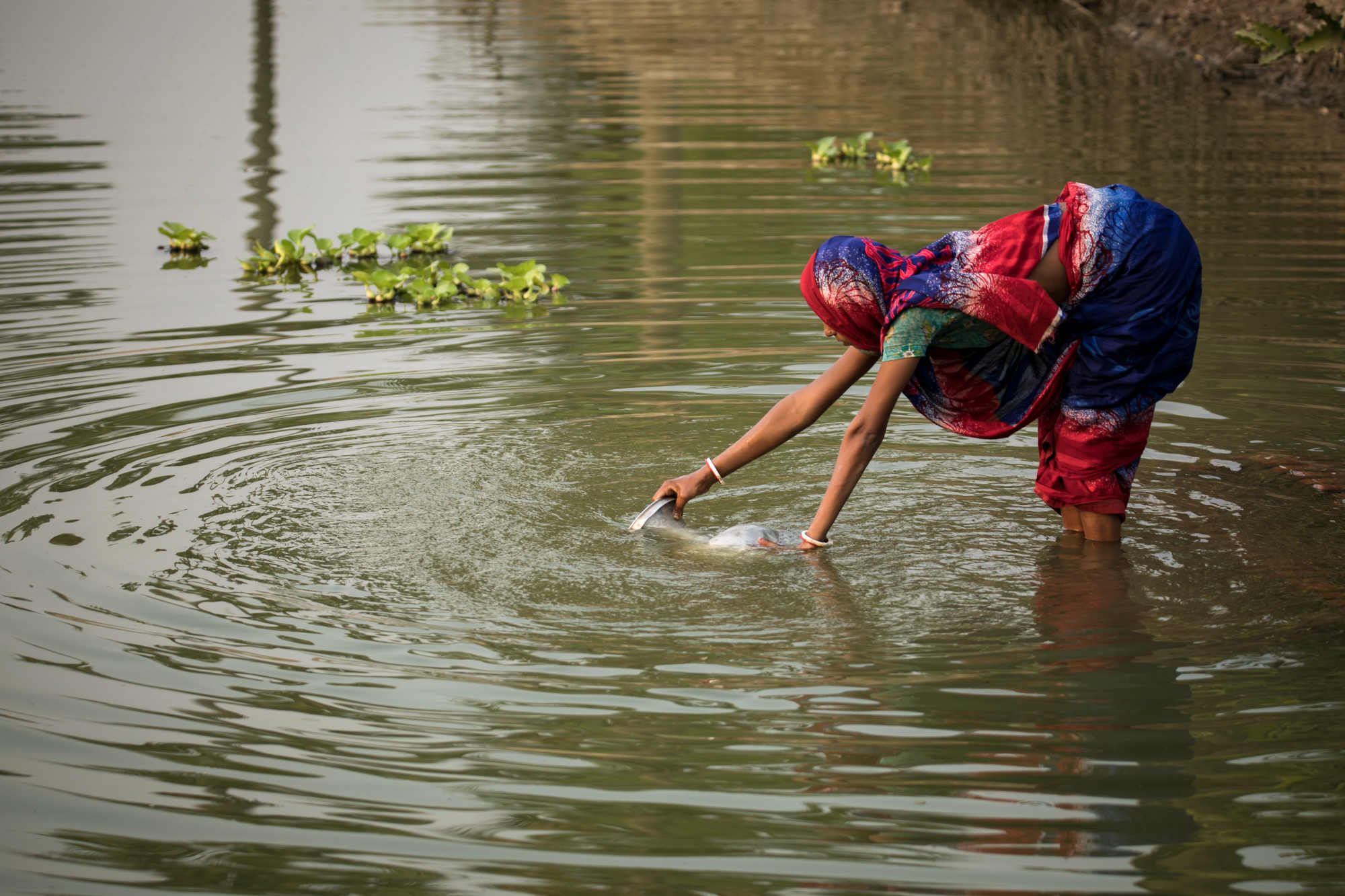
In 2009, for example, Cyclone Aila damaged the embankments on the Kopotakkho River, and saline water entered Koyra Upazila, where Tuli’s family lives. As a result, freshwater sources in southwest Bangladesh were almost destroyed. In most areas, water wells don’t work because the salinity is increasing not only in shallow aquifers, but also deeper ones. The river embankments are eroded and groundwater sources are flooded by saltwater.
The excess salt can lead to hypertension, which raises the risk of strokes, heart attacks, and miscarriages.
Although women tend to drink less water overall, thanks in part to their long walks, this leaves them vulnerable to high blood pressure, heart disease, and kidney diseases, issues that can also affect the health of newborns.
Ismail Gazi, 85, also lives in Koyra and suffers from high blood pressure. With his wife and daughter-in-law unable to walk long distances, he must walk more than 3 miles, outside of the monsoon season, to collect drinking water for his family. “It’s my duty,” he said, “every morning and evening.”
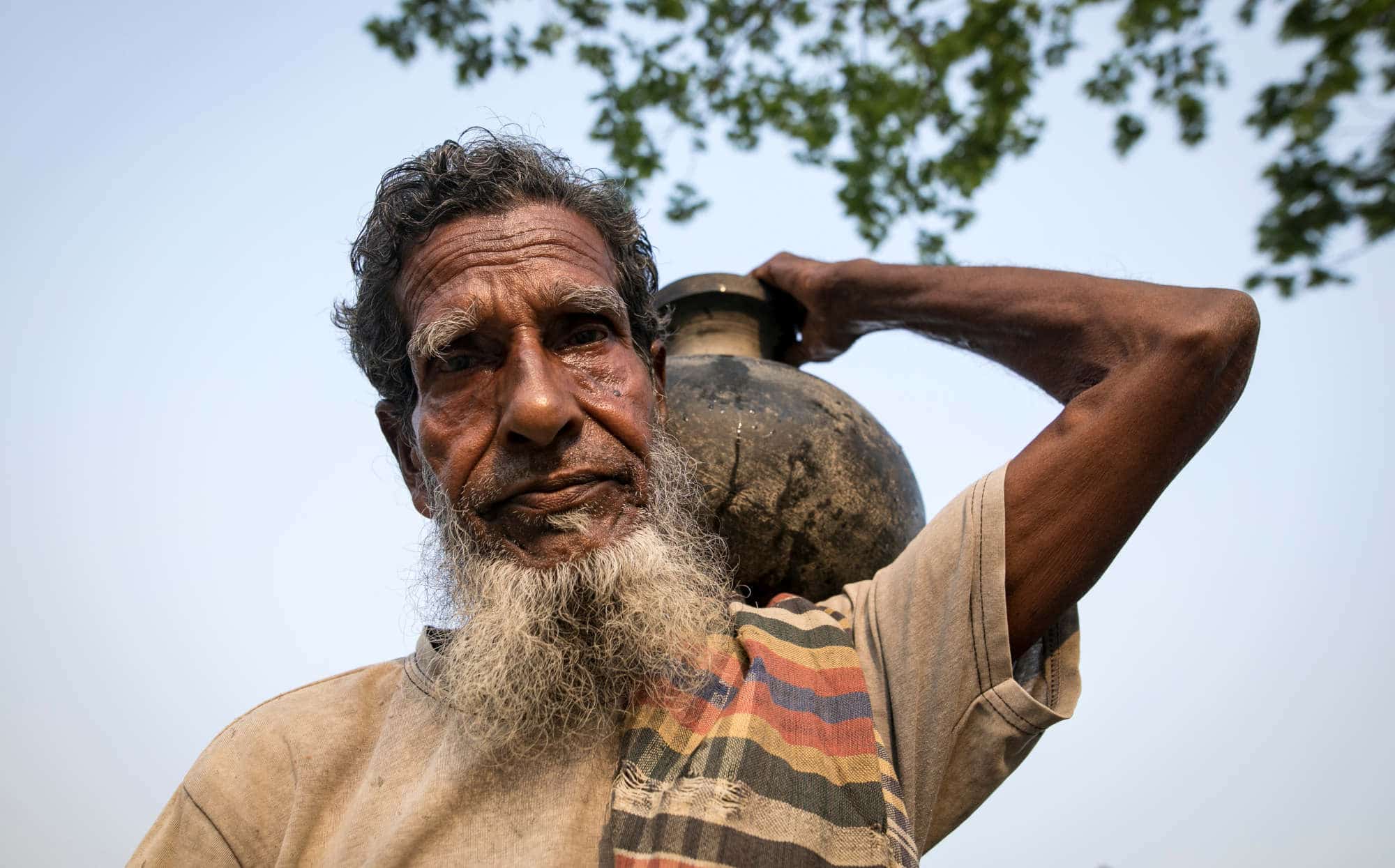
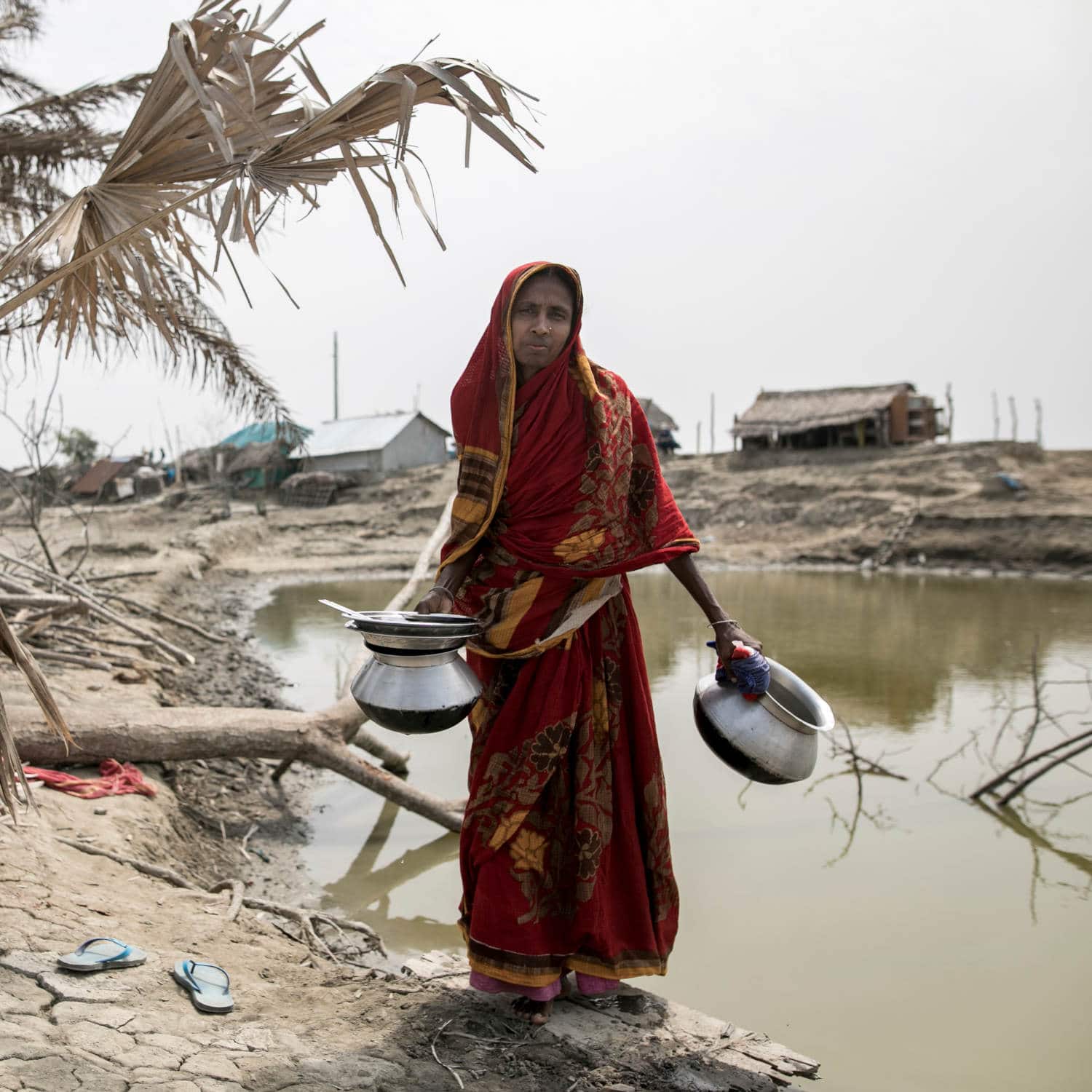
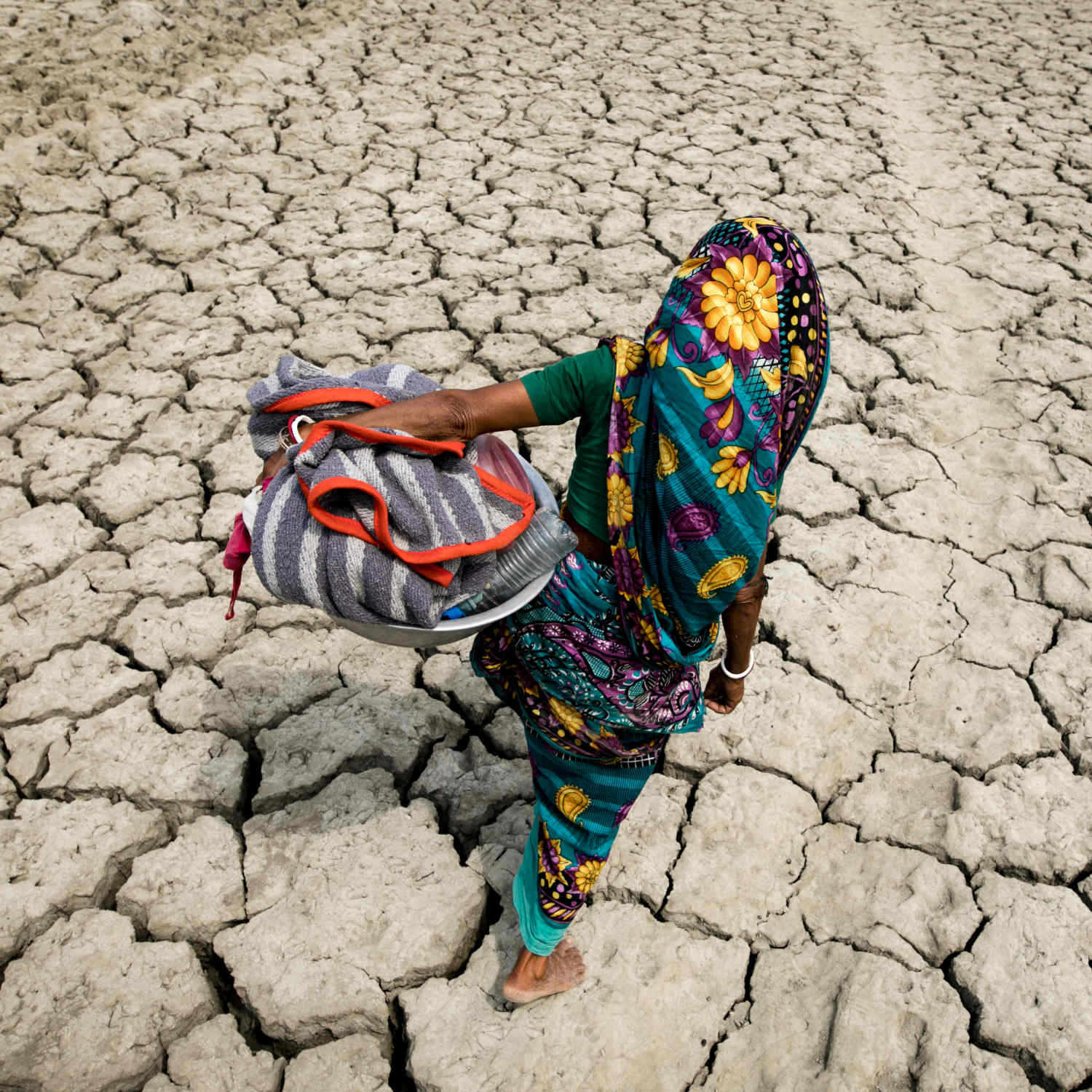
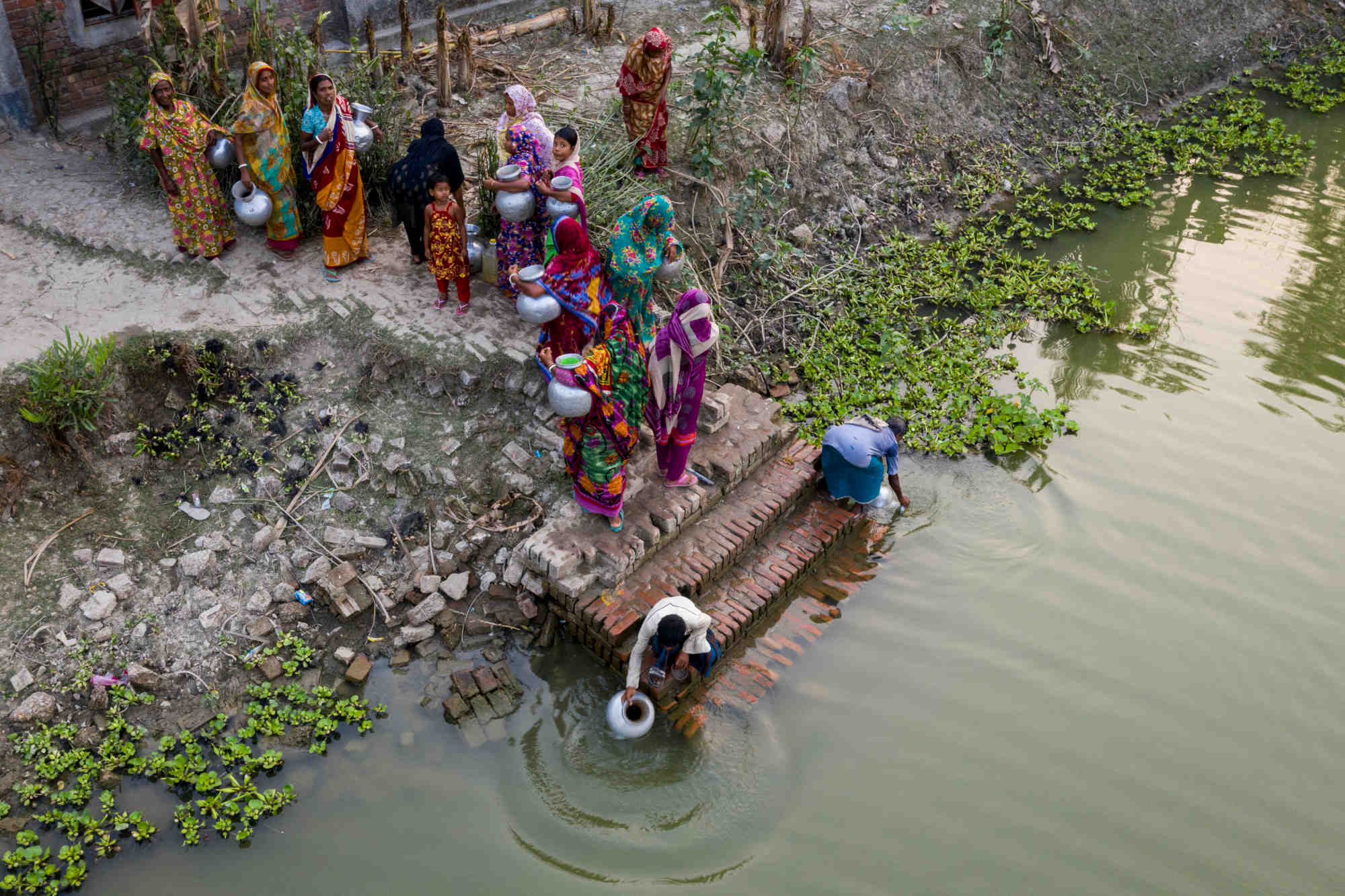
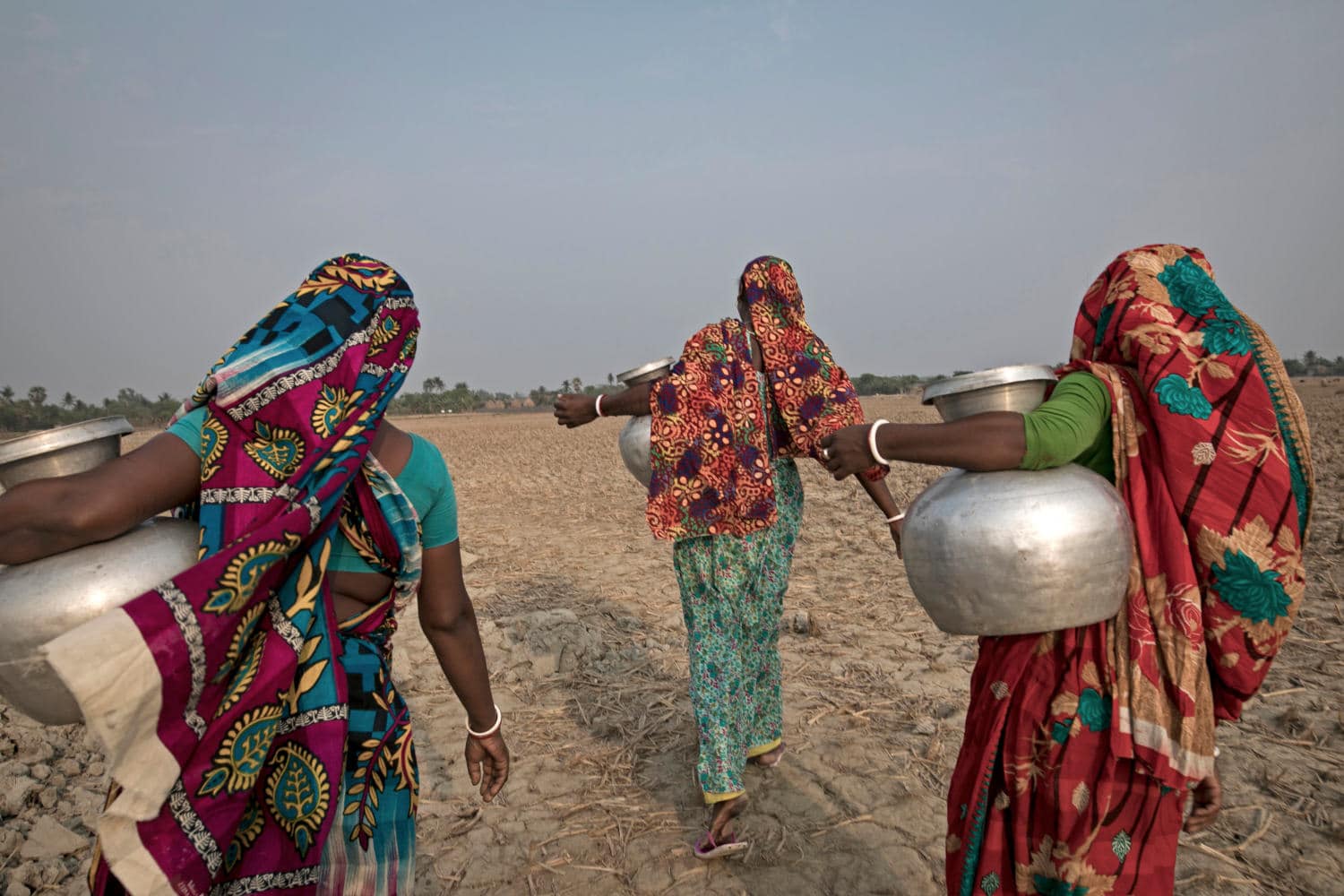
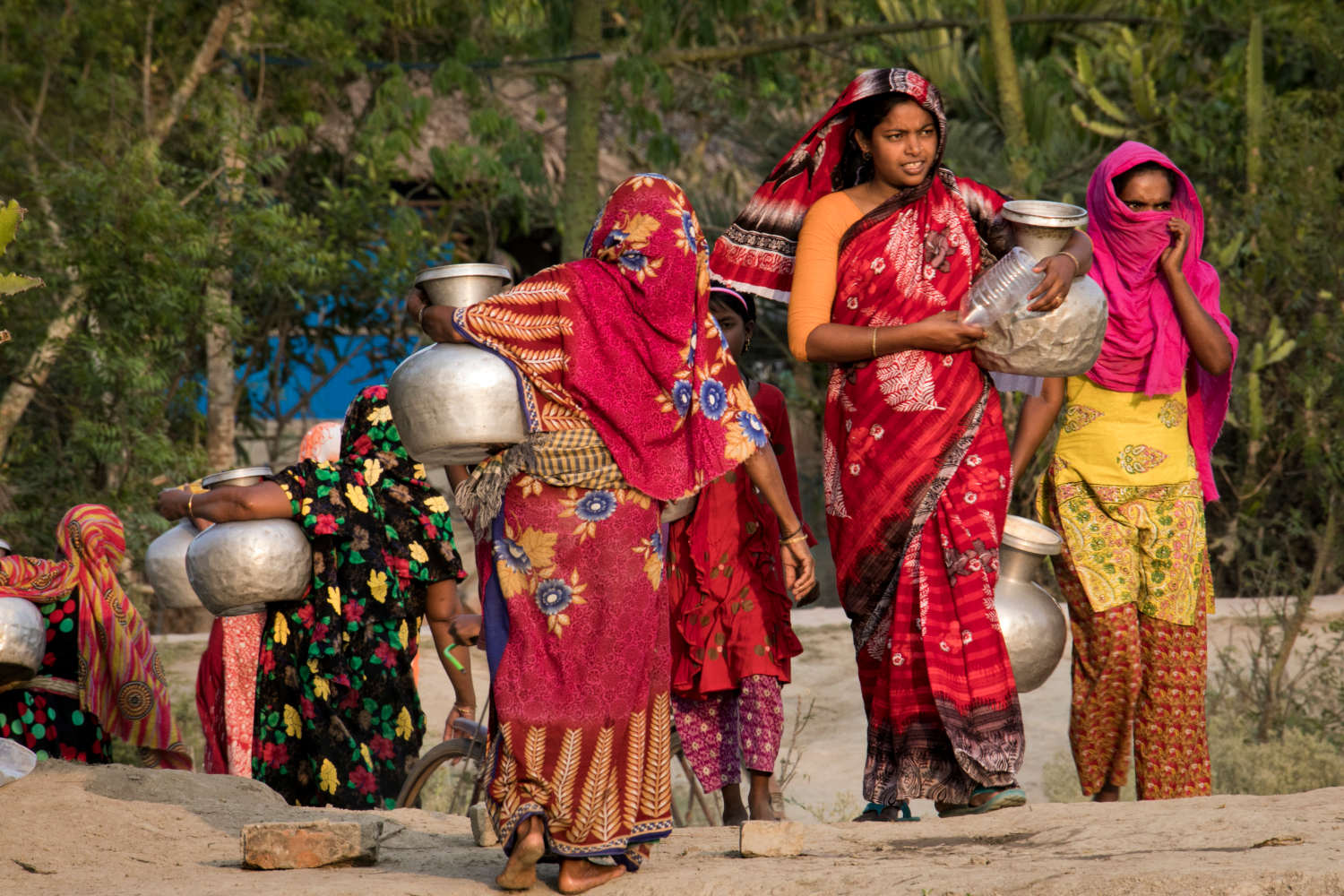
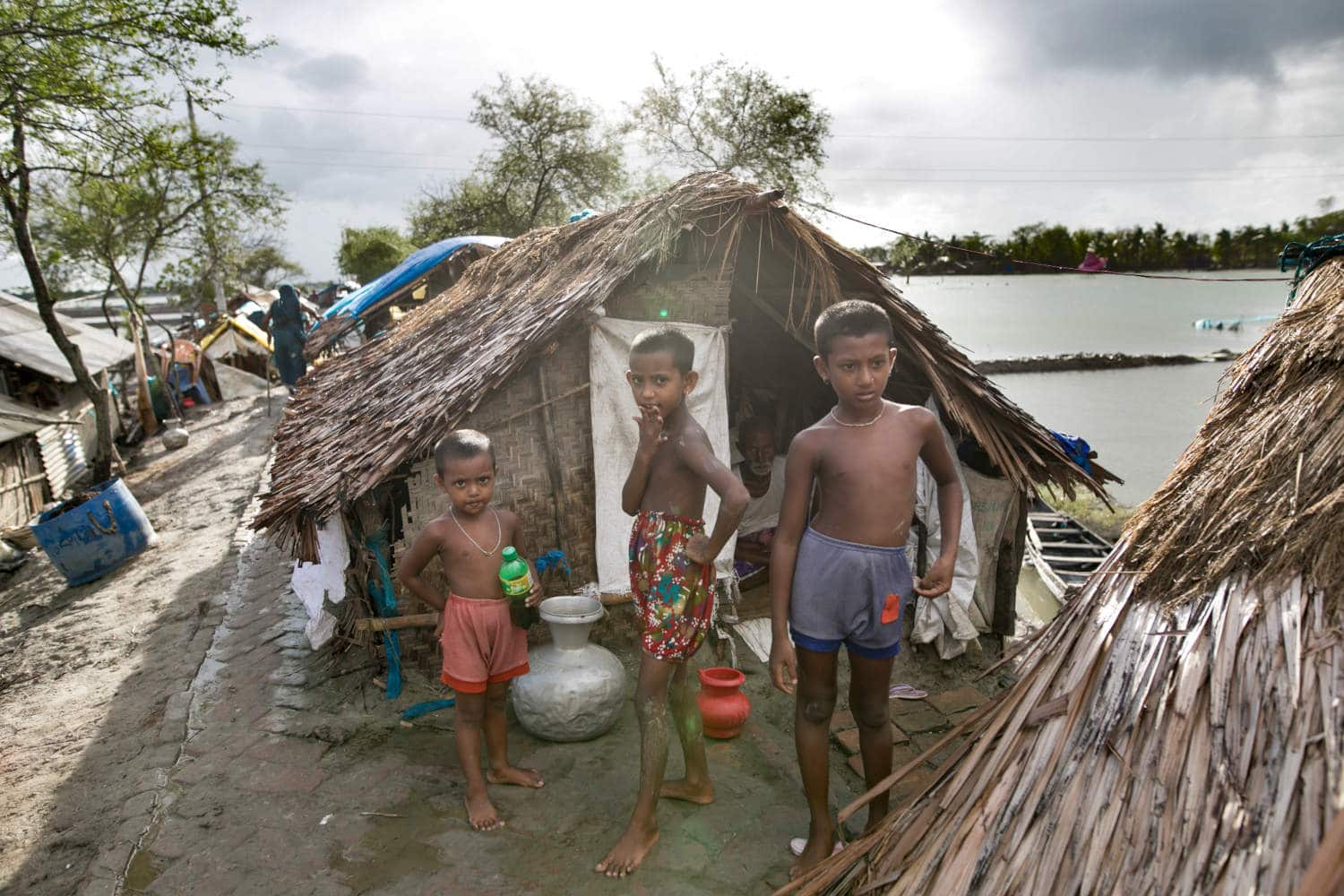
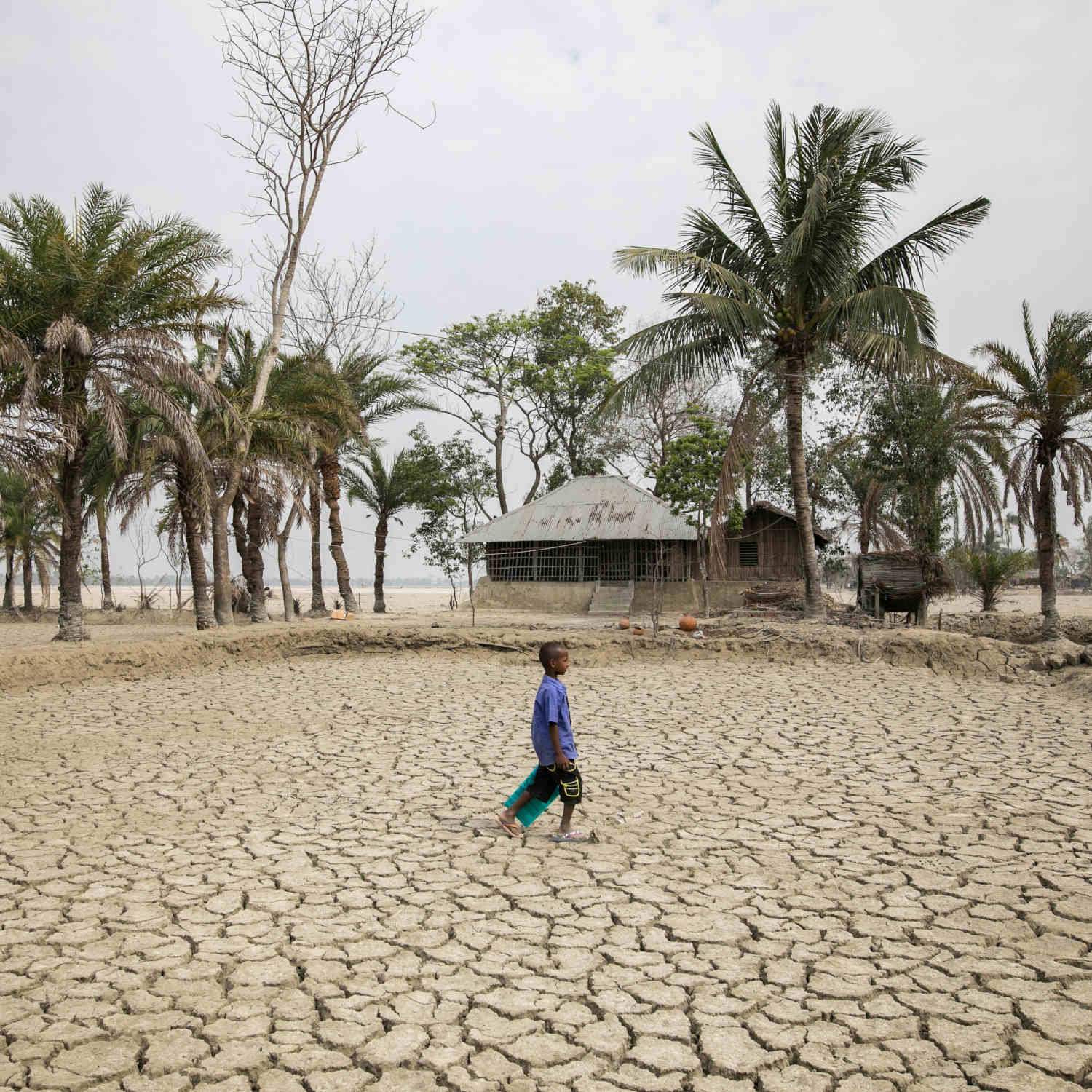
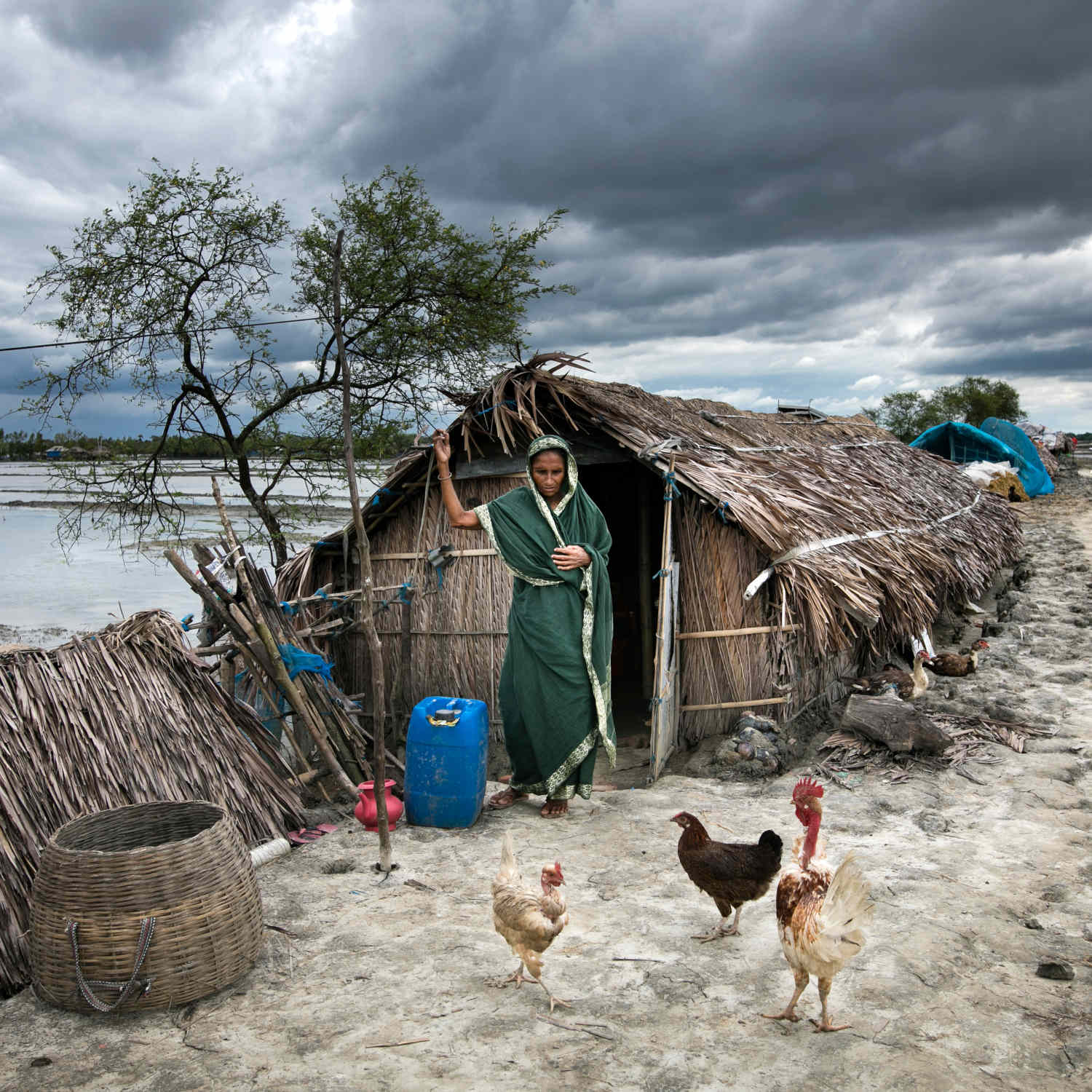
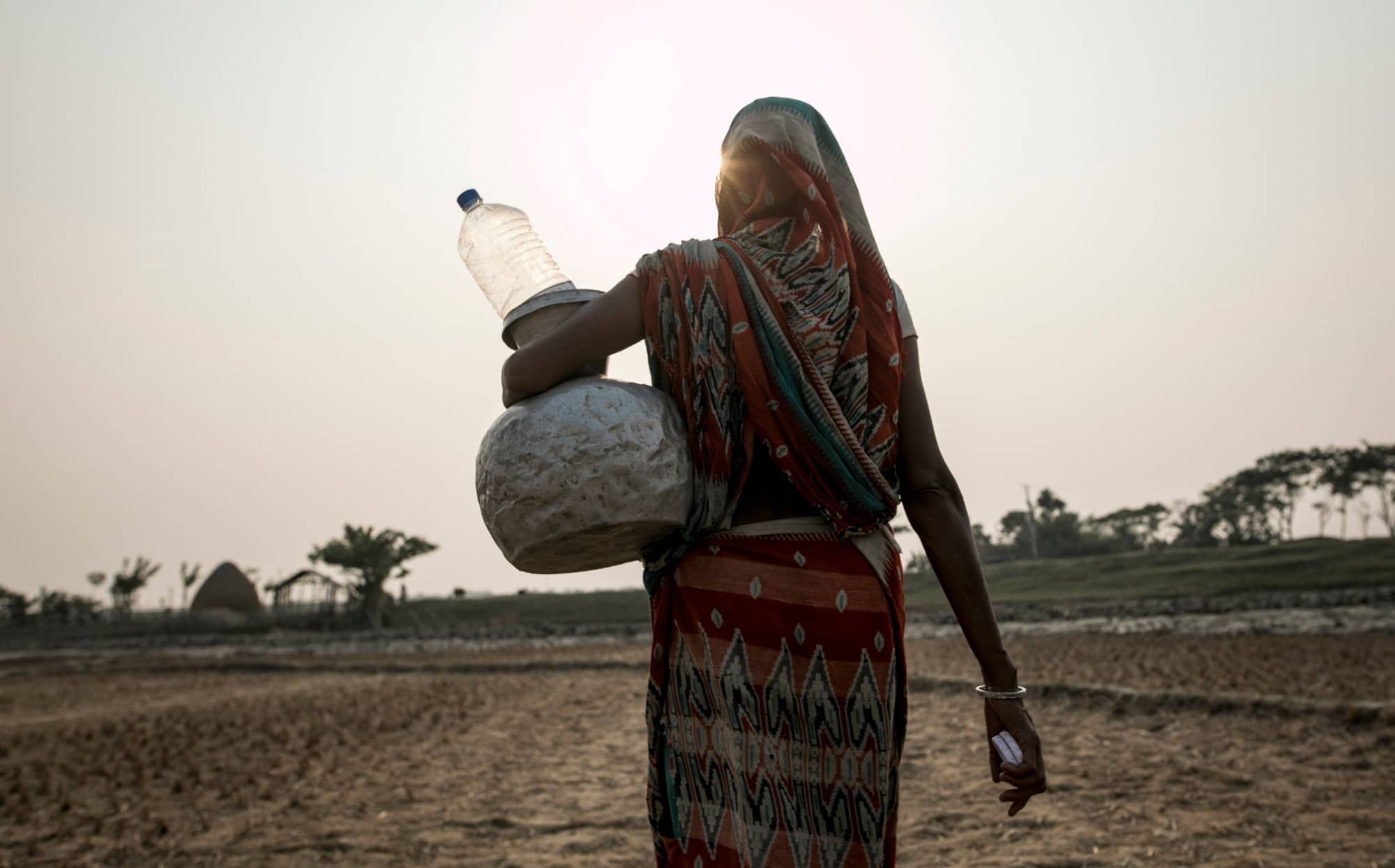
Zakir Hossain Chowdhury is a visual journalist based in Bangladesh covering climate change and human rights. His work has appeared in TIME, The Guardian, The Telegraph, and The Wall Street Journal, among others.




